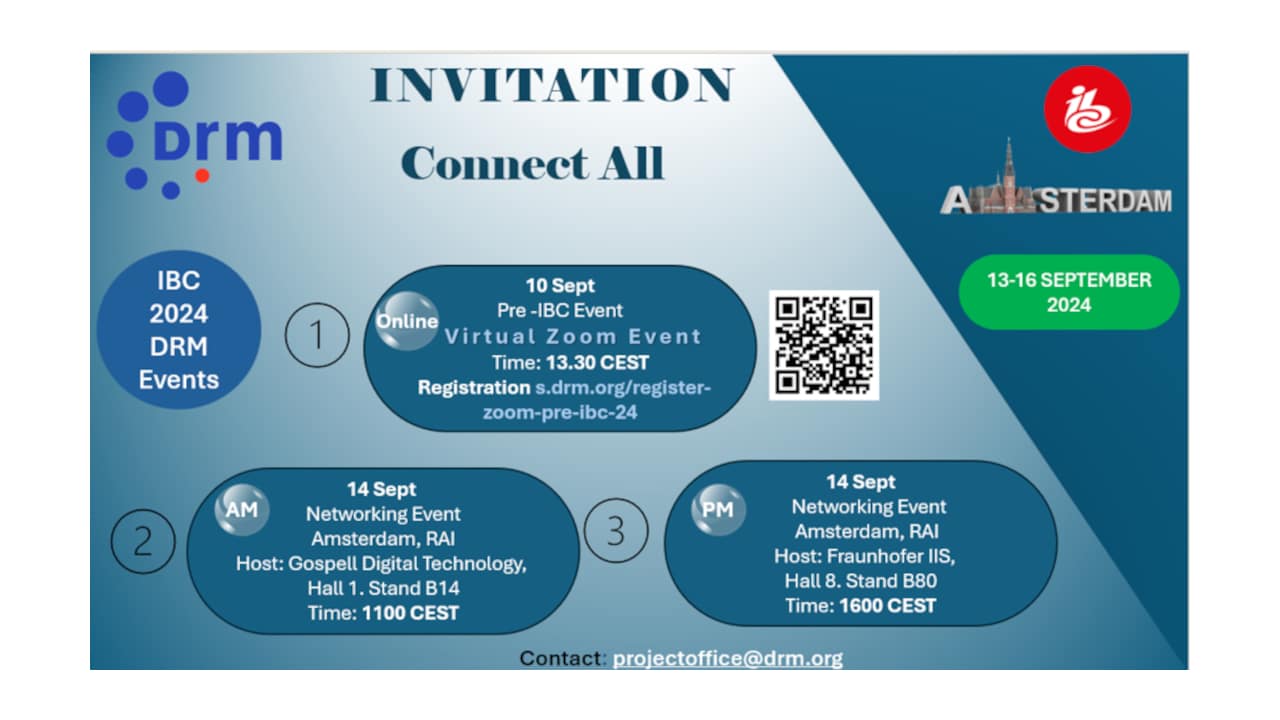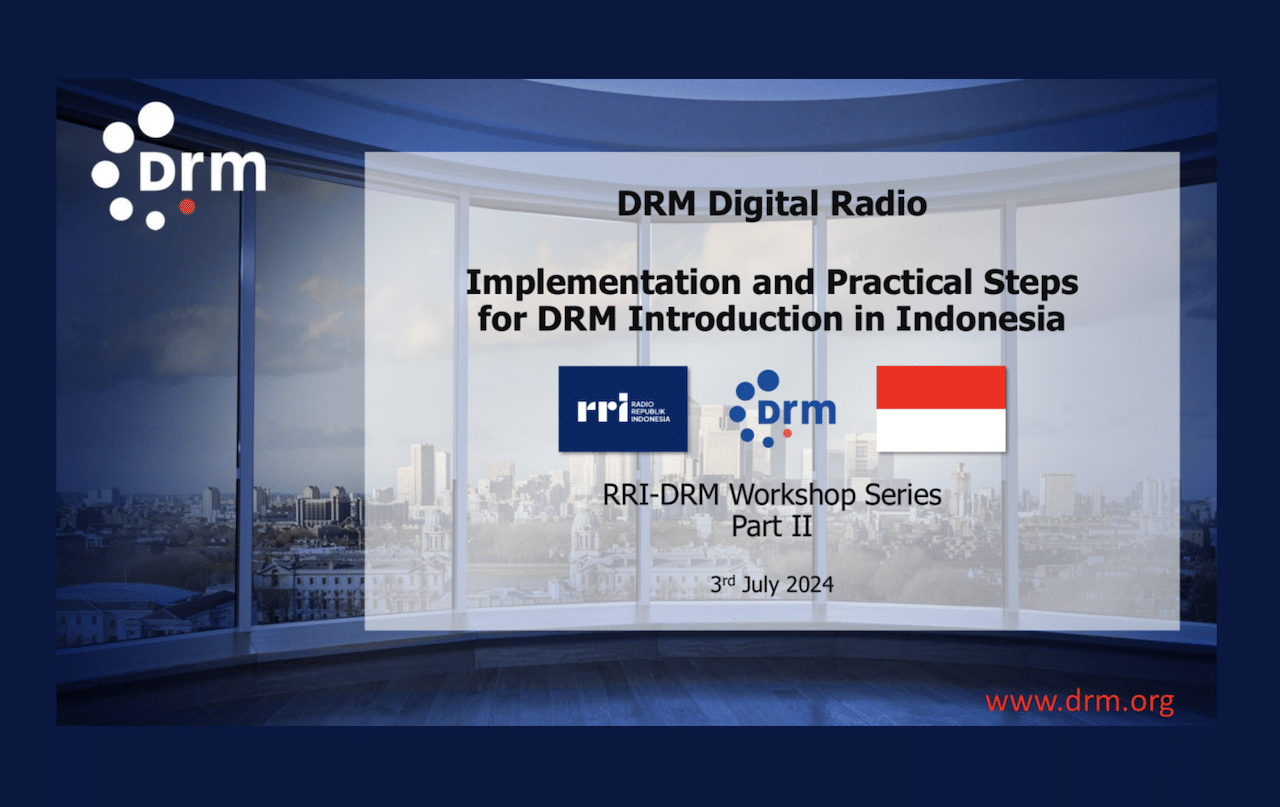
LONDON — In May, SiriusXM announced it was partnering with TikTok to create a new, friendly radio station. If you’re no longer a teenager and not part of, or connected to Generation Z, TikTok might sound like an enigma to you.
TikTok has mysterious, Chinese roots. It was launched five years ago as a sort of short video exchange with musical background. It’s popular among the young and got quite a lot of publicity when the United State’s then president Trump tried — and failed — to get it banned in the country.
Right from its obscure beginnings, experts have debated whether TikTok is a social media or a video streaming platform. TikTok is valued by the very young for bringing new music as soundtracks for highly habit-forming short videos. TikTok breaks and fuels new music trends that eventually translate in advertising dollars.
The Best of Radio

TikTok is now seriously popular and on track to becoming a billion-user business able to create stars, kick off real events and create a social stir. It seems logical then that the giant SiriusXM satellite radio in the U.S. (where satellite radio is uniquely popular being roughly the only sort of national audio coverage platform there is) has taken an interest. Sirius partnered with TikTok and Pandora (with its playlists) to announce “TikTok Radio,” a new digital radio station to be launched in the summer, as audio is now decreed the soundtrack of the post-pandemic U.S. recovery.
This composite platform is not a radio pioneer, as Apple, Google, Spotify, Twitter and Facebook have already ventured into radio territory. What is noteworthy, even for those not living in the US, is that TikTok uses popular music stars and engaging presenters; it draws on the best of Sirius and Pandora, and it addresses the broadcasters’ coveted tribe: The elusive and fickle teen listeners. The cross- promotion is also quite noteworthy: A TikTok channel will feature on Sirius, TikTok playlists will appear on Pandora and Pandora Live Events on TikTok.
TikTok Radio, like Clubhouse (and its live chats), and other new and clever platforms, are nothing but a mash of attributes highlighting the very best of radio — the power of audio, the need for and emotional response to information and entertainment. Radio is the “friend in your ear” creating engagement and companionship, while allowing the listener to do other activities in parallel.
For those regularly announcing the death of radio, every time a new platform (internet), format (podcasting), or new radio, like TikTok Radio is announced, it only confirms that radio is alive and well. After all, TikTok, as noted already, is not called audio player, multimedia, sounds or any other euphemism used in the past few years by those who shied away from the still most powerful word and brand, radio. This is on the plus side.
On the negative side, I would mention that the big tech giants have recognized the power of radio and are nimbly harnessing it by finding clever solutions to ensure an ever-growing number of users who will have to pay for their services. This is somehow undermining the notion of radio most of us share in the rest of the world as a free newsreader, educator, and entertainer for all, at home and in the car.
New ventures like TikTok Radio underline the power of good content, attractive presenters and DJs, of intelligent presentation and chat, generally of being in step with the world.
Digital Radio’s Versatility
This also proves that many self-sufficient broadcasters have not yet grasped the power and versatility or the many other benefits of digital radio. These are not just about saving on operating costs or electricity and providing better audio (in AM, too).
In digital radio, the larger screens can be used to enhance the audio content with images, playlists, URLs and so much more. The content can be cached and transformed into instant podcasts or, if so wished, useful textbooks. A back channel, the holy grail of radio, is also available by linking radio to other platforms like cells through the information displayed on the screens. If TikTok wants to bring audio to visual, digital radio (DRM and other standards) can bring a lot of the visual to audio, even without IP links.

If this sounds too good to be true or sounds new, it means that digital radio is a flower already wilting in the shadow of the big techs. All the above is available, can be done, is being done and already benefits listeners in many parts of the world.
And good old radio has another big card to play: Localism. We do not need a lot of surveys to tell us that but even so according to Jacobs Media 2021 Tech Survey, a rising number of (U.S.-based) respondents strongly agreed that “local” is a key advantage for broadcast radio.
Local and community stations are vital, and their digitization is more important than ever, too. To do it in a spectrum- and energy-efficient way, while ensuring they maintain control over infrastructure and content, is certainly very possible through DRM for FM. Recent tests carried out in India, Indonesia and elsewhere have demonstrated this.
Spotify, Twitter and others are also trying to localize, as we speak. Their efforts might be a bit half-hearted and not very impressive for now. Radio must go digital with more courage and local radio must digitize quickly (through DRM), or else big tech radio will be what our children will be growing up with and paying for.
The author is chairman of Digital Radio Mondiale.





















